Cleaners say knife blocks are the dirtiest thing in your kitchen and you should get rid of yours right now – plus what to use instead
Knife blocks are a serious health hazard, cleaners warn. Here’s what to replace it with


There are so many ways to store knives in a kitchen, that we usually opt for the most convenient or most aesthetic option without much second thought. However, professional cleaners are now warning that having a knife block could be sabotaging your health.
It turns out that no matter how well you clean a kitchen or maintain your knives, using a knife block significantly increases your exposure to bacteria, risking illness with every use.
Here, professionals break down why you should get rid of your knife block now to help maintain good food hygiene, and how to better store your knives.
Why you should get rid of your knife block
In a video on TikTok by content creator @HowDirtyIs, they swabbed the inside of a knife block and allowed the sample to develop in an agar petri dish. The result was shocking, revealing that the inside of the knife block was swarming with bacteria. This is only made worse by the fact they are one of the hidden areas of a kitchen we forget to clean.
Lisa Yakas, a trained microbiologist with a master's in food science, now a product certifier at NSF reveals, ‘In our Germiest Places in the Home” study, we ranked the knife block seventh on our list of germiest items in the kitchen. Knife blocks can be dark, moist environments that harbor germs and can lead to the growth or spread of foodborne illness. If you put a wet or dirty knife into a knife block, microbes may grow.'
@howdirtyis ♬ Bye Bye Bye - From Deadpool and Wolverine Soundtrack - *NSYNC
Ken Doty, cleaning expert and COO of The Maids explains in more detail, ‘Knife blocks have the potential to be very unsanitary, and can even dull your knives over time. These blocks can be a breeding ground for yeast, mold, bacteria, and other pathogens.
‘Multiple studies have confirmed that knife blocks are often in the top ten of dirtiest kitchen items, despite not being used in everyday life. Most of the damage comes from not properly drying knives before putting them away and creating the perfect environment for those pathogens to come to life.’
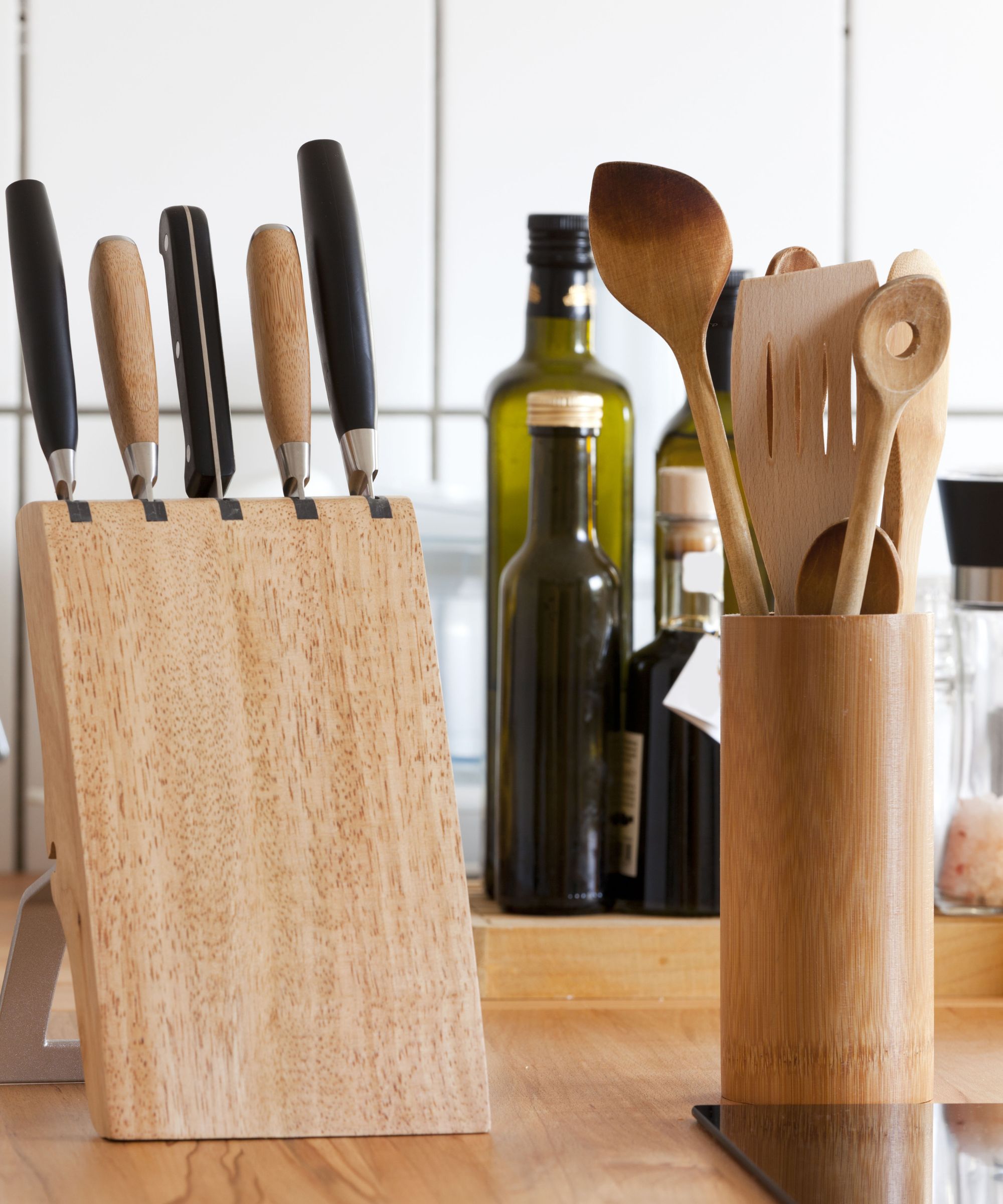
This begs the question, is there any way to properly clean a knife block? Lisa Yakas, a trained microbiologist, explains you can mitigate some of the damage by ‘[making] sure that you wash and thoroughly dry your knife before placing it into the block. To clean the knife block, take all of the knives and accessories out then shake out any crumbs or debris. A pipe cleaner or skinny brush can be used to help with this process. Then, wash the block with hot, soapy water before wiping it down with a clean dish towel. Allow it to dry completely overnight, as moisture can cause mold and bacteria to grow.’
That being said, this is a lot of effort and needs to be done regularly. Not to mention that if your knife block is wooden, it could do more harm than good. As a result, it is often better to find alternative kitchen storage ideas for your knives.
What to use instead
There are plenty of other safer and more sanitary ways to organize kitchen utensils and store your best kitchen knives that also help them to stay sharper for longer. However, professional cleaners all favor one alternative in particular – magnetic knife racks. Not only are they more hygienic, but they help you to organize a kitchen like a chef.

For a sleep professional grade looking kitchen, opt for a plain stainless steel knife rack that is easy to clean, durable, rust-proof and looks slick.

For a more rustic option, a wooden covered magnetic knife strip is a fantastic pick
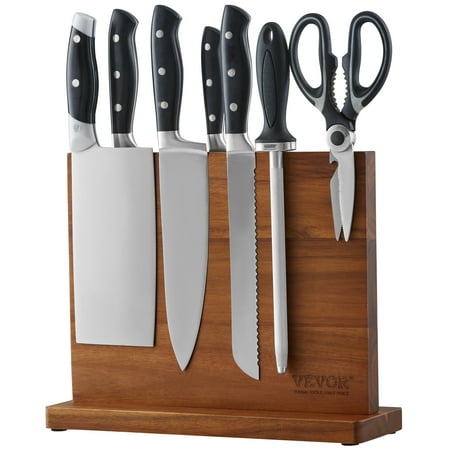
Can't mount anything to the wall? Consider a counter standing magnetic knife holder to protect your knives without any additional DIY.
Eliana Coca, professional cleaner and owner of EC House Cleaning says, ‘A magnetic wall rack is a more hygienic solution. The open design provides no place for grime and pathogens to hide, and all parts can be easily wiped down. For residential clients, I recommend sanitizing the rack and all cutlery at least once a week using a diluted bleach solution to kill any bacteria present.’
Ken Doty, cleaning expert, agrees, ‘These can be installed on your kitchen wall, which in turn saves your valuable real estate in your kitchen. These utensils keep knives better sanitized by storing them in the open air and away from an enclosed space, and offer easy access when you need to put a knife to use.’
If you cannot add a rack to your wall, Ken suggests using a countertop version, ‘A magnetic counter stand sits right on the countertop like a traditional block, but doesn't come with individual knife slots. Instead, knives attach with a magnetic strip that allows each blade to sit in the open air against the wood.’ It is worth noting, however, that ‘some dangers of this method include children being exposed to an easily accessible tool that is sharp and can pose harm,’ Ken adds.
Keeping your knives on a magnetic rack and learning the best way to sharpen knives will ensure that even the worst of your knives stay sharp enough to be safely used in your kitchen.
Sign up to the Homes & Gardens newsletter
Design expertise in your inbox – from inspiring decorating ideas and beautiful celebrity homes to practical gardening advice and shopping round-ups.

Chiana has been at Homes & Gardens for two years and is our resident 'queen' of non-toxic living. She spends most of her time producing content for the Solved section of the website, helping readers get the most out of their homes through clever decluttering, cleaning, and tidying tips. She was named one of Fixr's top home improvement journalists in 2024.
-
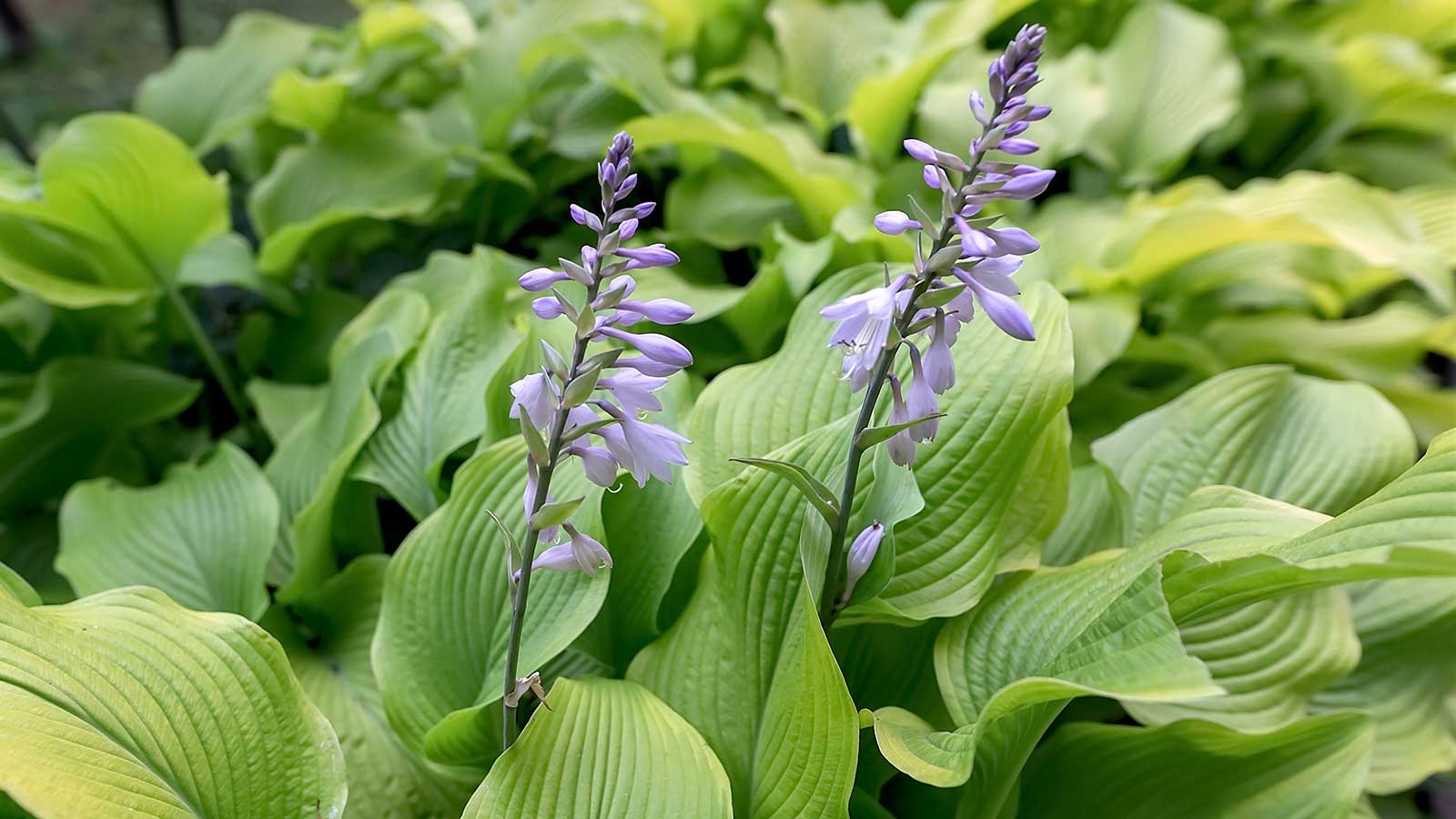 How to plant hosta seeds – for lush green leaves in shaded pots and borders
How to plant hosta seeds – for lush green leaves in shaded pots and bordersExperts share their top tips on growing these fabulous foliage plants from seed
By Holly Crossley Published
-
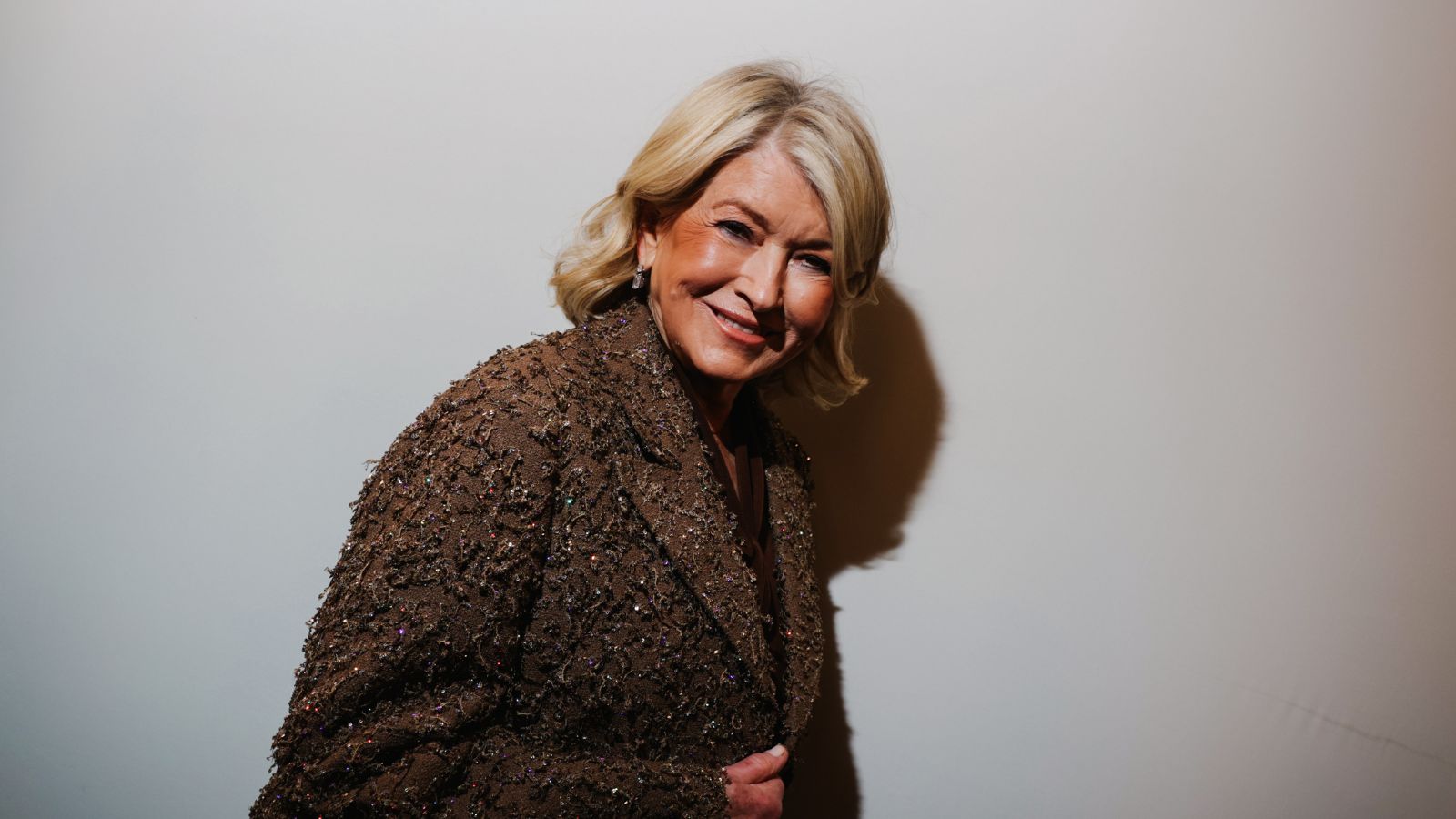 Martha Stewart's genius hack for keeping a cutting board in place is going into our kitchen manual – it will ease your food prep woes
Martha Stewart's genius hack for keeping a cutting board in place is going into our kitchen manual – it will ease your food prep woesMartha's trick for keeping cutting boards and trays secure on slippery counters requires just one accessory: a terry cloth towel
By Hannah Ziegler Published
-
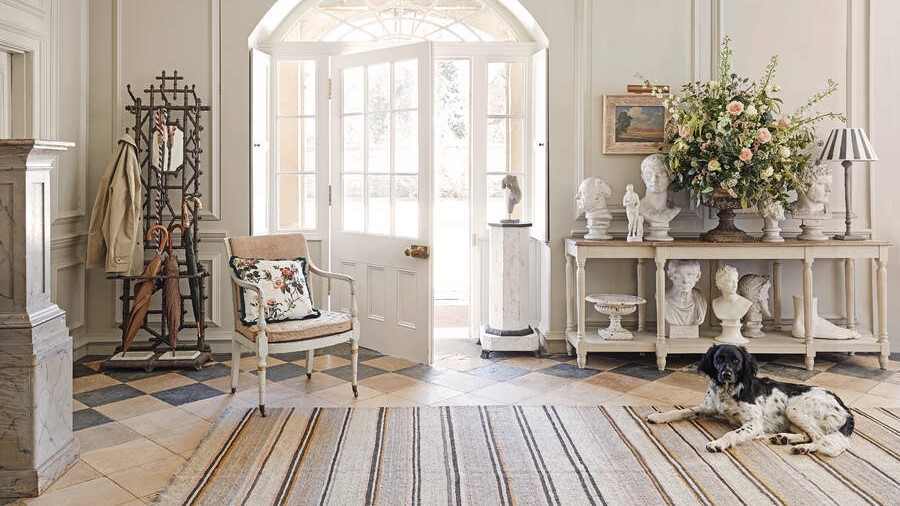 My Bissell pet vacuum was struggling until I cleaned the filter – here's how to do it in three quick steps
My Bissell pet vacuum was struggling until I cleaned the filter – here's how to do it in three quick stepsIt doesn't take long to restore your Bissell vacuum's suction
By Dan Fauzi Published
-
 The SwitchBot K10+ Pro Robot Vacuum Combo is good for small spaces – but the mopping function falls short
The SwitchBot K10+ Pro Robot Vacuum Combo is good for small spaces – but the mopping function falls shortI tried the world's smallest robot vacuum in my busy home with 4 dogs. This is how it fared
By Ottilie Blackhall Published
-
 Pet vacuums vs. regular vacuums – what's the difference, and which do you really need?
Pet vacuums vs. regular vacuums – what's the difference, and which do you really need?As a home tech expert who has spent 200+ hours testing vacuums, here's the lowdown on special 'pet' vacuums
By Dan Fauzi Published
-
 6 essential money-saving spring cleaning hacks – save as you spruce
6 essential money-saving spring cleaning hacks – save as you spruceSpring cleaning doesn’t need to come with a hefty price tag
By Andy van Terheyden Published
-
 My mom told me this skin spray is great for stripping stubborn, sticky residue from surfaces – she was so right
My mom told me this skin spray is great for stripping stubborn, sticky residue from surfaces – she was so rightSkip frustrating scrubbing and enjoy easy removal with just one product
By Chiana Dickson Published
-
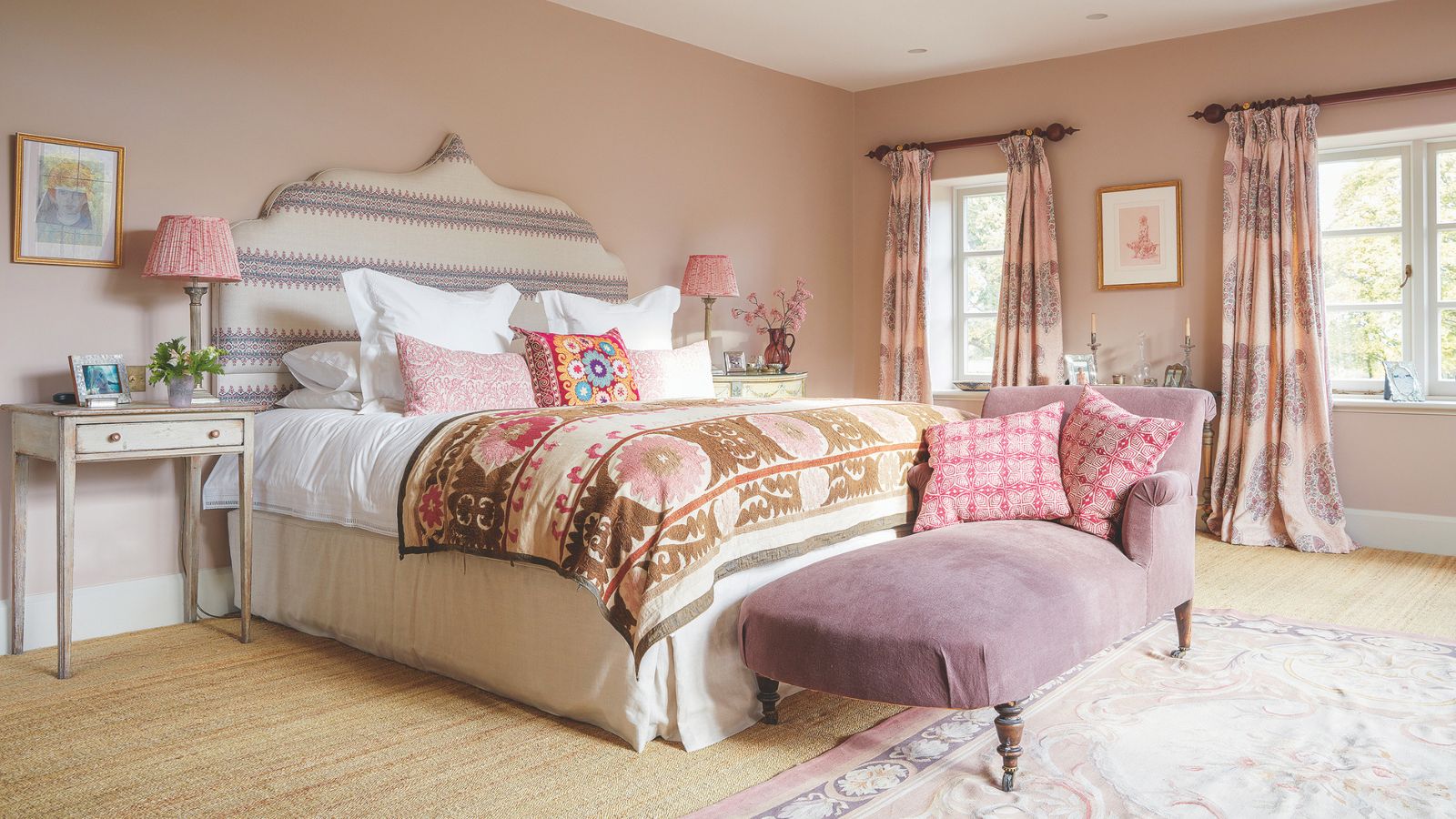 I've spent 200+ hours testing vacuums – I think these 4 vacuum features are gimmicks and not worth the spend
I've spent 200+ hours testing vacuums – I think these 4 vacuum features are gimmicks and not worth the spendNot every vacuum needs to be able to do everything
By Dan Fauzi Published
-
 'It was like magic' – 4 highly-rated toilet limescale cleaners people swear by
'It was like magic' – 4 highly-rated toilet limescale cleaners people swear byThey’re tested – and loved – by everyday homeowners
By Chiana Dickson Published
-
 'Wipes everything off like butter'– the 5 highly-rated cleaners that people swear by
'Wipes everything off like butter'– the 5 highly-rated cleaners that people swear byThese popular picks promise sparkling, fuss-free results
By Eve Smallman Published